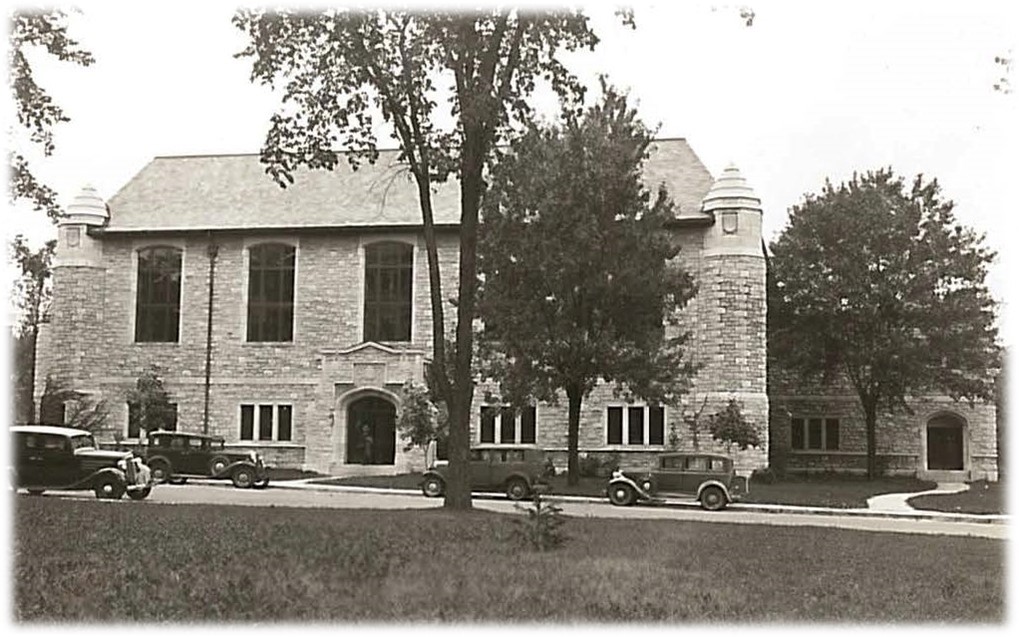Breathing new life into the PEC
February 25, 2016
Share
Queen’s University recently has made progress in its plans to revitalize the former Physical Education Centre (PEC) as a centre for health, wellness and innovation. Jasmine Toor, Communications Specialist, spoke with Alan Harrison, Provost and Vice-Principal (Academic), to learn what the plan will mean for the university.


Jasmine Toor: What progress has been made on the university’s plan to revitalize the former PEC building?
Alan Harrison: The university has made significant progress. Queen’s retained CS&P Architects in fall 2015 to produce a functional program and conceptual design for the revitalized building. The preliminary business case for the project is complete and we have initiated the work that will yield a more reliable cost estimate (known as a class B estimate). Our hope is that the first phase of the project, the demolition of much of the interior, will commence early in 2017. Queen’s has raised a significant portion of the total cost of the project, the class D estimate for which is $87 million.
JT: What was the impetus that led to the decision to redevelop the building?
AH: A structural assessment by an external consultant found that the building was in excellent shape and thus could provide a considerable amount of additional space at a relatively low cost per square foot, if renovated, in comparison to a newly constructed building. The Queen's Health, Wellness and Innovation Centre affords us a wonderful opportunity to utilize and revitalize valuable space in the heart of campus.
JT: What will the revitalized building be used for?
AH: The major constituent parts of this project are engineering, innovation and health and wellness. The revitalized building will enhance both the quality of our student experience and the quality of our research facilities by aligning academic and non-academic uses for the building. Queen’s has a longstanding reputation of offering our students an exceptional educational and extra-curricular learning experience. When completed, the project will be a prominent symbol of Queen’s as the quintessential balanced academy, the Canadian research-intensive university with a transformative learning experience.
The Faculty of Engineering and Applied Science will be a major occupant of the revitalized building. Undergraduate learning in engineering will be supported by an interactive Learning Commons that will allow more than 500 mechanical and materials engineering students to work individually or collaboratively on projects and assignments in an environment that offers state-of-the-art information and computing technology. Additionally, a number of high-technology, leading-edge teaching and design studios will each support between 75 and 150 undergraduate students.
Interdisciplinary laboratory space will support more than 20 faculty researchers working on bioengineering, environmental and biomedical research. This laboratory space will allow considerable expansion of interdisciplinary research, primarily but not exclusively in the areas of chemical and civil engineering. The benefits of this laboratory space will accrue not only to the researchers but also to their graduate students.
The Queen’s Health, Wellness and Innovation Centre affords us a wonderful opportunity to utilize and revitalize valuable space in the heart of campus.
— Alan Harrison, Provost and Vice-Principal (Academic)
JT: How does this plan align with Queen’s commitment to enhanced health and wellness related facilities?
AH: The Wellness Centre is an integral part of the revitalization project. The new Wellness Centre will allow us to co-locate services, so anyone seeking counselling is assured of privacy. By combining health, counselling and accessibility services together in one centrally located and visible location, along with three gymnasia and other athletic and recreation facilities, the revitalized building will provide opportunities to integrate physical and mental health, connecting them with the student experience.
Furthermore, the new Wellness Centre will be able to provide us with the increased capacity and flexibility to meet the rising demand across the spectrum of wellness services and expand in response to the evolving needs of our student population. This was acknowledged by the 2012 report of the Principal’s Commission on Mental Health, which recommended a new and centralized location for student wellness services.
“It is modern in every respect; we can hold up our heads and boast of one of the finest gymnasiums in Dominion. The undergraduates will reap the benefits and it behooves them to carry on and bring more athletic honors to Queen’s. Swimming and diving and water-polo facilities are now open for the Queen’s natatorialartists and soon graduates should hear that Queen’s is once more carrying off championships in this new athletic field.”
JT: How does the revitalization project align with Queen’s commitment to innovation?
AH: Queen’s has committed to increasing the number of new opportunities for experiential and entrepreneurial learning, improving intra-university collaboration through new programs and curriculum innovation, and creating new and innovative ways for students to develop fundamental academic skills. The new engineering space of the building will include an Innovation Hub. This and other space in the refurbished building dedicated to innovation will result in a considerable expansion of the Queen’s Innovation Connector (QIC), which will support and allow the development of a core strength of the QIC, which is its interdisciplinary nature.
Students from across the university will have access to the resources, the networks and the mentors that will help transform their ideas into products and services. They will work in diverse teams to address important problems and identify the solutions that will yield benefits not only for our region, but nationally and globally too. The innovation component of the redevelopment plan also aligns with the federal government’s focus on innovation as an important component of university research.